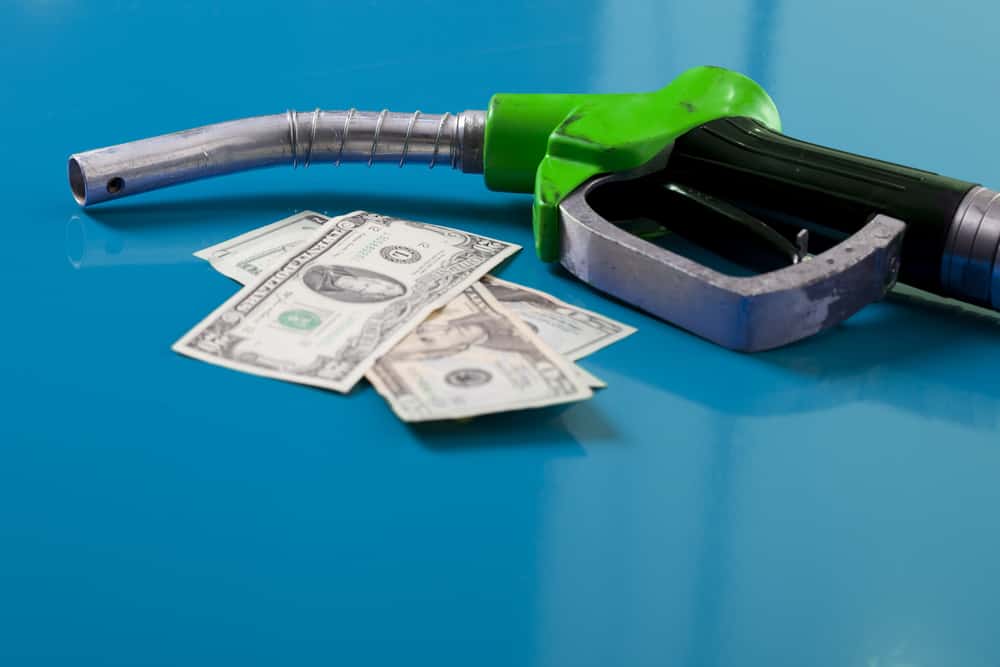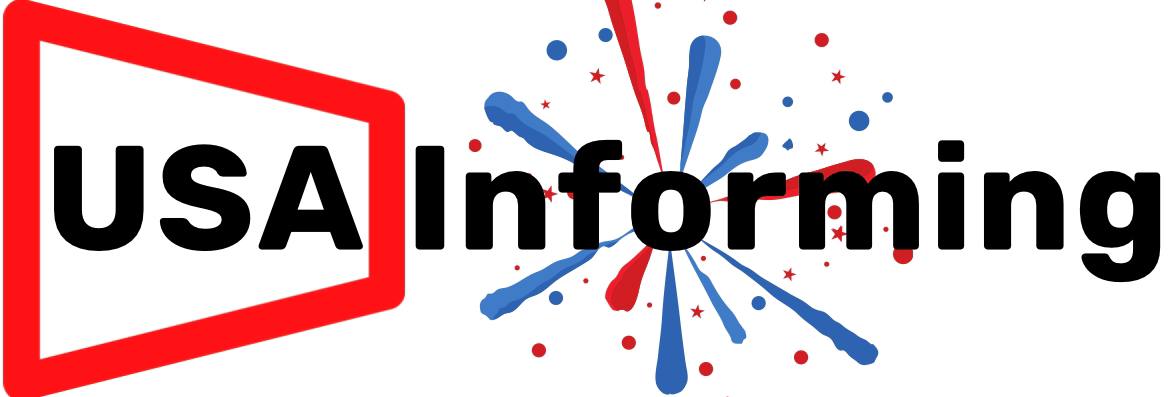A common dish you can find at most seafood restaurants is crab legs.
People who aren’t big seafood fans sometimes still enjoy crab legs since they don’t taste as fishy as other types of seafood.
As such, some seafood restaurants ensure they always have crab legs available to attract people who wouldn’t normally eat at a seafood restaurant.
However, a problem you’ll sometimes encounter when ordering crab legs is the price.
Sometimes, the price of crab can be quite expensive, and you may wonder why that’s the case.
Why Is Crab So Expensive? (10 Reasons)

The average price of steamed crabs, for example, is around $30 to $120 per dozen.
Crab is expensive because of the various problems affecting their populations, the costs involved in crabbing, and the distance from the store or restaurant to the crabbing location.
Let’s look at these factors in more detail.
1. Warmer Temperatures Impacting Crab Populations

One of the factors impacting crab populations is warmer temperatures.
As climate change is starting to have an impact on the environment, one of the consequences is warmer oceans.
While warm water may seem pleasant for beachgoers, it wreaks havoc on sea life.
Warm water makes it difficult for some creatures to function.
It’d be like humans trying to live in extremely hot temperatures except humans tend to be a bit more adaptable than some sea species.
Another big problem with warm water is that the amount of oxygen that the water holds is decreased.
There’s less gas in warm water which means there’s less oxygen.
Crabs rely on oxygen to survive.
When there isn’t enough oxygen to go around, crab populations start to die off.
This impacts the price of crab because it means there are fewer to catch.
When the supply is low, the price of crab increases.
Crab is expensive because warm water is reducing its population.
2. Regulated Fishing Seasons

Overfishing is another big concern when it comes to crabs.
Because of its popularity, there are a lot of crabbers out there looking to strike gold.
The more crab they catch, the more money they make.
This can lead to overfishing since there are a lot of companies and even single fishermen all trying to catch crabs in the same area, more or less.
When overfishing occurs, it means there aren’t enough adult crabs left over to re-grow the population by the next season.
To help crab populations, the fishing industry has regulated a certain period in which crabs can be caught.
This means that there is a limited time in which crabbers are allowed to catch as many crabs as they can.
If they’re unable to catch very many, it means the supply of crab isn’t going to be high.
With a low supply available, the price of crab increases.
Having a regulated crabbing season also means that companies can’t legally crab outside of that season either.
They’re unable to maintain the supply.
If the supply of crabs is gone before the new season starts, then everyone is out of luck.
Crab is expensive because crabbing is regulated.
3.Long Growth Time

Another problem that makes crab expensive is its lengthy maturation time.
Crabs have a unique method of maturing.
They molt like birds.
As they start to outgrow their shells, they’ll shed them, or molt from them, and then take on a new shell.
It takes the Red King Crab anywhere between four and five years until it’s an adult, for example.
In the crabbing industry, only adult crabs can be caught.
That’s because the juveniles need to stay in the water for a chance to breed and repopulate the area.
Since it takes a long time for crabs to mature, however, it means that some areas might not have a large number of adult crabs.
The fishers might catch more juveniles than adults depending on the circumstances.
They may even have to wait several years before the bulk of the population finally becomes old enough for them to trap.
Since it takes a while for crabs to mature, this means that large numbers of “legal” crabs aren’t always able to be caught.
This further impacts the supply of crab which impacts its price.
Crab is expensive because it takes a long time for them to mature.
4. Labor Costs

Crabbing is expensive.
A lot of crabbers rely on migrant workers to do the hard work.
It helps them trim costs.
However, due to the COVID-19 pandemic, it was extremely difficult to bring migrant workers into the US to work.
Even with certain restrictions relaxed, some crabbing companies are still finding it difficult to find workers.
They’ve had to resort to hiring local workers instead.
The problem they have with local workers versus migrant workers is wages.
Local workers tend to live in the United States while migrant workers move between jobs all throughout the world.
Since local workers live in the United States, they have higher costs of living.
They’re not looking for hard-labor jobs that don’t pay living wages.
To encourage local workers to work for them, crabbing companies have had to increase their wages.
This means that they’re taking on higher costs.
Since they have higher costs, they’re going to be selling their crabs at higher prices to make up for those costs.
Because crabbing has a somewhat short season, many companies also push their workers to work as long as possible in season.
With long hours and high wages, companies are seeing higher labor costs.
Crab is expensive because labor costs are high.
5. Equipment Costs

It isn’t just workers that are causing costs to rise, either.
Crabbing companies also pay top dollar for the equipment they use to catch crabs.
Unlike other types of fishing, crabbing doesn’t include the use of fishing lines and tackle.
Instead, they use traps.
They place the traps in areas where crabs migrate, then check each one regularly to see if they caught anything.
But not all traps are durable or built to last.
Some might last a few seasons before becoming too degraded to work.
The salt of the sea, the abuse of the waves, and even the anxious jittering of the crabs inside the trap can make them degrade faster.
There are also other fish and sea creatures that might end up in the trap instead.
Replacing traps is a frequent expense for crabbing companies.
Without traps, they’re not going to be catching any crabs.
If a year is particularly hard on their traps, then they might have to take on the expense of replacing them all.
Since the company is taking on higher costs, they’re going to charge more for their crabs.
Crab is expensive because of the high cost of equipment and equipment replacements.
6.High Demand

Another reason crab is expensive is that it’s in high demand.
A lot of people enjoy crab and the various dishes you can make out of it.
Whether it’s crab legs, crab cakes, or something else, seafood lovers love the crustacean.
Part of the popularity likely comes from the fact that crab doesn’t taste like typical fish.
Those who hate the fishy taste of fish might prefer crab instead.
It tends to attract both seafood lovers and non-seafood lovers to it.
The problem with crab being in high demand is that this increases its price.
When the supply of crab is low and demand is high, the price increases since there isn’t enough to go around.
Companies end up having to outbid one another to get their hands on it.
Only those who can afford the high price are able to enjoy it.
It’s how the market corrects itself.
Crab is expensive because it’s in high demand which drives up its price.
7. Hibernation Cycles

Not unlike bears and other animals, crabs undergo a hibernation cycle during winter.
When the temperature starts to drop, they’ll bury themselves in the mud and rest.
Some crabs do this regardless of the season.
They’ll often hibernate for a time after molting.
This makes crabs expensive because it means there are fewer crabs available for trapping during colder months.
The crabbers have to search in the mud to try and find adult crabs.
Not only is that laborious, but it’s essentially a waste of time and money.
As such, most crabbers leave crabs alone when they’re hibernating.
This can sometimes have an impact on the supply of crabs available.
If some crabs are hibernating during crabbing season because they just molted, then they’re not going to be around for crabbers to catch.
Those who are able to trap during the winter will also find it difficult to trap crabs since they’re usually hibernating.
They’re not available year-round like other types of fish.
Crab is expensive because they hibernate which can impact the available population for trapping.
8.Water Pollution

Pollution is another big problem impacting the population of crabs.
When water becomes too polluted, it can have an impact on the region’s ecosystem.
Pollution in the water can kill grasses and algae.
That impacts crabs since they rely on grasses and other types of food that live underwater to survive.
Without their food supply, they starve to death.
With fewer crabs making it to maturity, it means crabbers are only able to catch so many each season.
They have a lower supply as a result.
Pollution might also increase the acidity of the water which can also make it difficult for crabs to live in the area.
With a lower supply of crabs available, the price increases.
Crabs are expensive because of water pollution impacting their population.
9. Fuel Costs

The price of fuel is another major problem for crabbers.
Whether it’s boat fuel to drive from one trapping spot to the next, car fuel to drive from one spot to the next, or even fuel for transport trucks, crabbers face expensive fuel costs.
When fuel prices are high, then they have to pay even more money to get around.
Because they’re facing higher costs, they have to sell their crabs at higher prices to offset the costs.
Transport costs, in general, are also more expensive.
Since they need to ensure their crabs arrive fresh, they usually have to pay extra for refrigerated units.
Crab is expensive because fuel costs are high.
10. Distance From Crab Harvesting Locations

A final reason crab is expensive is that you’re often eating the crab far from where it was originally caught.
If you live inland, for example, and not on the coast, then your crab is going to be a bit more expensive than those who do live on the coast.
That’s because your crab has to undergo quite a process before it arrives on your plate.
Whether it’s transport, refrigeration, feed, or processing costs, the longer it takes to arrive at a restaurant, the more expensive it is to procure.
That’s especially true when the restaurant or grocery store is selling live crabs.
They’re taking on higher costs to ensure the crabs stay alive and healthy.
Since they’re taking on more costs, they’re going to sell at higher prices to offset their costs.
Crab is expensive when you live far from where crabbers trapped them.
NEXT:
Can You Return Paint At Lowe’s? (2023 Updated)

